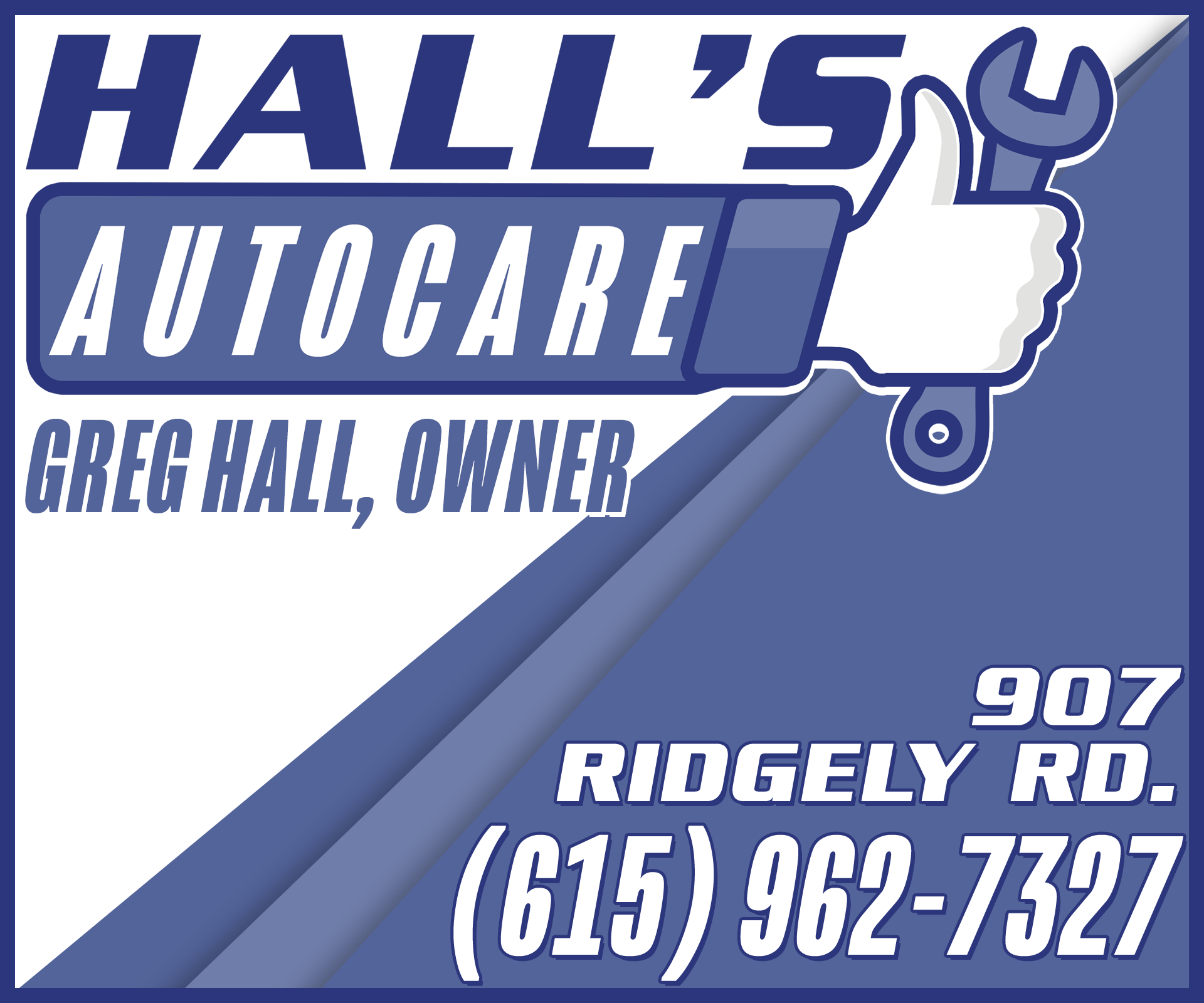Special online report from our friends at State Farm Insurance:
Now that temps are warming up, the road is going through a few changes.
Winter brings a number of driving hazards, but one of the most dreaded is the pothole. An encounter with one can leave damaged tires, wheels and suspension components in its wake. State Farm estimates the average damage can put a big dent in drivers’ pocketbooks – costing anywhere from $300 to $700.
Potholes, also called chuckholes and road craters, can occur in any region or climate, but at this time of year, they’re especially prominent in areas known for ice, snow and below-freezing temperatures. Freezing and thawing cycles allow moisture to seep into the road surface, which causes the road to crumble.
There’s not much that can prevent the deterioration of the driving surface, but there are five things you can do to protect yourself and your wallet:
-
Try to limit your travel to roads you know very well. That knowledge could keep you from hitting a pothole and seriously damaging your car.
-
When driving at night, travel on well-lit roads.
-
Slow down. Give yourself a chance to see the pothole and avoid it.
-
If you hit a pothole, carefully inspect your tires and wheels for possible damage. Note how your car handles in the aftermath. If it “pulls” in a particular direction or you feel a wobble in the steering, have a mechanic check it out.
-
If you can’t avoid a pothole, do your braking before impact. There’s less damage to a tire when it’s rolling than when it is skidding over a pothole during braking.
Potholes can create bigger issues for motorcycles, which are less stable than cars and provide less protection than cars in a crash. The National Highway Transportation Safety Administration recommends riders go around such hazards. To do so safely, riders must be able to spot a pothole from a distance, so slow down before reaching the obstacle and make sure you have room if you need to swerve.
For more safe driving tips, please check our Auto Learning Center.
Source:
Kip Diggs, State Farm Ins.











